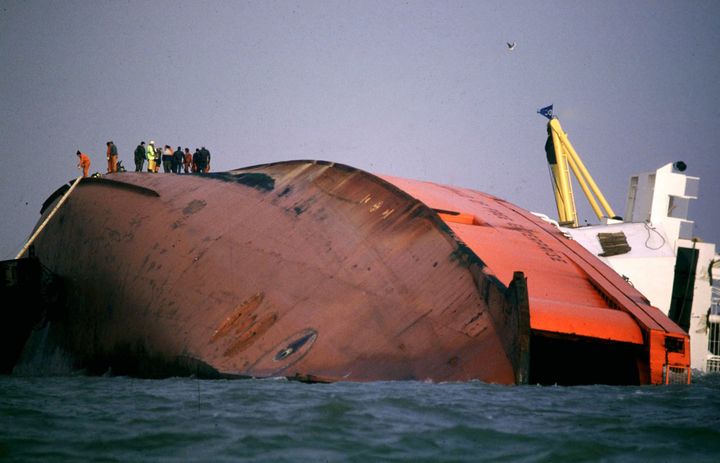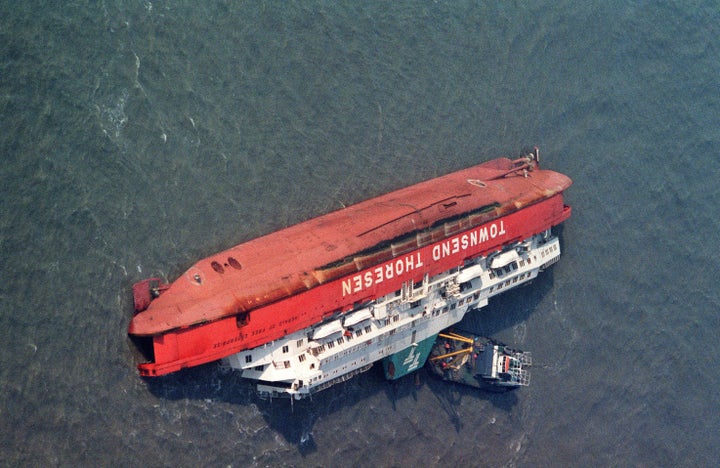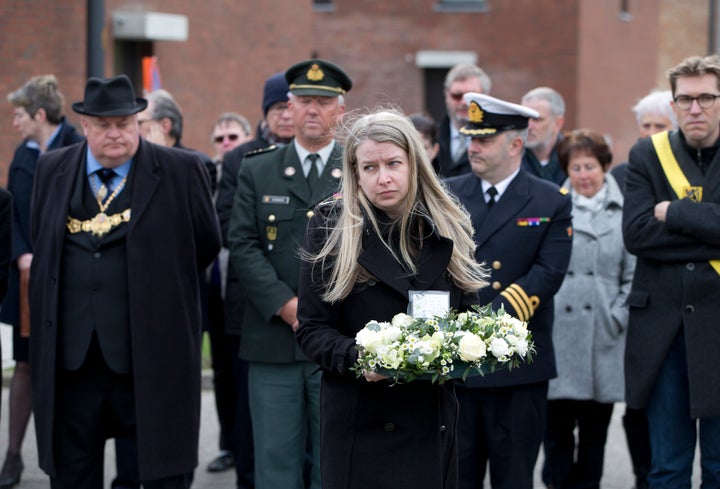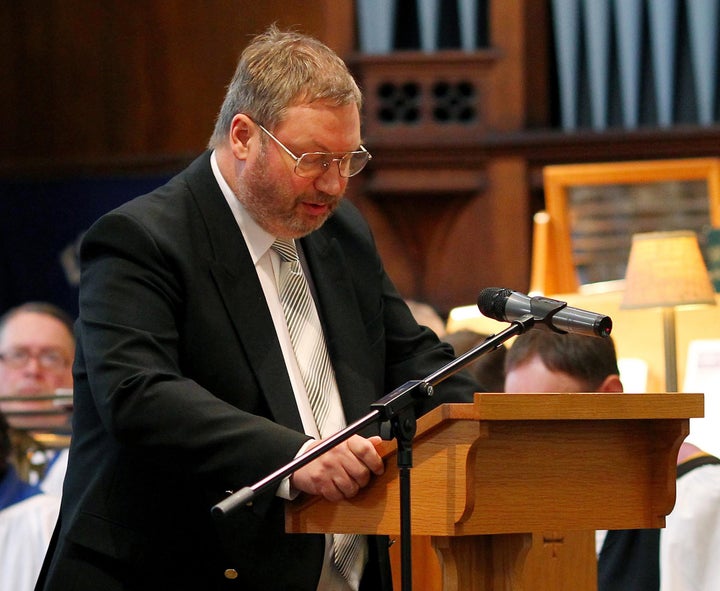Monday marks the 30 anniversary of the Zeebrugge ferry disaster, which claimed 193 lives.
At about 6pm on March 6 1987, the Townsend Thoresen roll-on, roll-off ferry The Herald Of Free Enterprise turned over on its side outside Zeebrugge, Belgium, as it set out for Dover, Kent.
Heroics by crew and passengers led to the majority of those on board surviving, but more than 150 passengers and nearly 40 crew on the British-flagged vessel perished.

At St Mary The Virgin Church in Dover on Monday, relatives will attend a service to remember those who died in what was the worst peacetime British maritime disaster in living memory.
Among those attending will be Kim Spooner, whose aunt and uncle Neil “Billy” Spooner, 37, and Mary Smith, 44, died after taking advantage of a cut-price Continental day-trip offer in a newspaper.
Ms Spooner, 38, from Essex, said: “I was eight years old at the time and I can remember it like it was yesterday.
“I knew that it was something absolutely terrible.

“The worst bit was waiting for news because we were obviously in a time when there were no mobile phones and no internet.
“For them, it was a spur of the moment trip. It wasn’t a planned thing. They lived in Essex so lived quite close to the coast. It was fate.
“They could have gone the day before or the day after. Their deaths have completely affected my life, and how I form relationships.
“They were like a second mum and dad to me, and we were a really close-knit unit. I have never recovered from it to be honest.
“I get quite angry when I hear it described as a freak accident because it wasn’t. There were people and corporations to blame. It’s as simple as that.”

On Sunday, a service was held at St Donaas Church in Zeebrugge, jointly-led by the Reverend Alexander Eberson, chaplain of the Port of Zeebrugge, who said: “The disaster had a huge impact on Zeebrugge and still does.”
A public inquiry confirmed the ferry had left Zeebrugge with its bow doors open, allowing water to flood the car deck, and the crew member responsible for closing them was asleep at the time.
A number of the heroes of the disaster received awards, including a George Medal for ex-policeman Andrew Parker.
He became known as “the human bridge” after saving his wife, his 12-year-old daughter and about 20 other passengers who walked over his body to safety.

Retired chaplain Bill McCrea officiated at four of the victims’ funeral services, including a 17-year-old boy who died in the disaster just two weeks after finishing nautical college.
Mr McCrea, now 75, said: “I’d dealt with many traumatic incidents in my role as a chaplain, but this sudden tragedy and the enormity of it put my pastoral ministry to the test.”
Townsend Thoresen, which later became P&O European Ferries, was severely criticised in the public inquiry report published later in 1987.
In October 1987, an inquest jury returned verdicts of unlawful killing.
A manslaughter trial began at the Old Bailey in September 1990 involving eight defendants, including the ferry company and three former directors.
But the case collapsed a month later after the judge directed the jury to acquit them.
International ferry safety regulations were tightened after the disaster, but there were further changes when the ferry Estonia capsized in a severe storm in the north Baltic Sea in September 1994 with the loss of more than 900 lives.
The former bishop of Liverpool, the Right Reverend Bishop James Jones, will lead prayers at the service, which is held annually by maritime charity the Sailors’ Society.
Stuart Rivers, the Sailors’ Society’s chief executive officer, said: “This service gives us a chance to join with those families in remembrance of the loved ones they lost so suddenly and the many acts of individual heroism of both crew and passengers that evening.”
